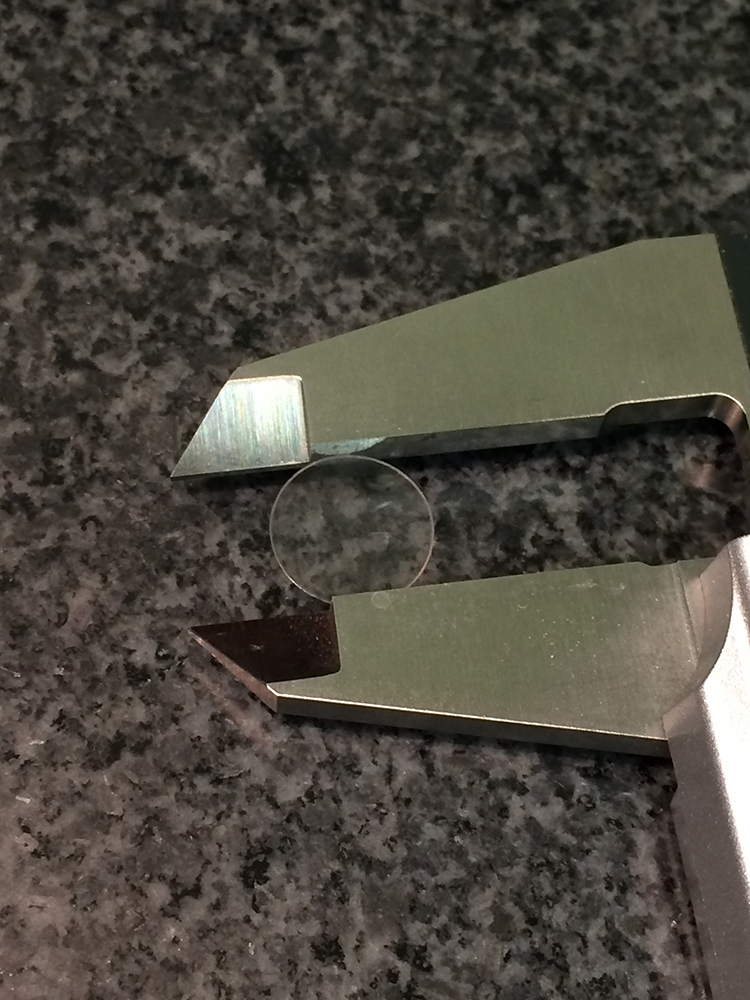Over the decades since their first demonstration, Ti:Sapphire oscillators have enabled countless researchers in biology, chemistry and physics to develop and refine new techniques in ultrafast spectroscopy and microscopy. These techniques have made it possible to observe chemical reactions on femtosecond time scales, non-destructively probe delicate biological samples while maintaining high signal intensity and make remarkable advances in nonlinear optics and plasma physics.
Reach visible to ultraviolet wavelengths. The typical output from these lasers ranges from red to near infrared, but many of these applications call for probe wavelengths in the visible and ultraviolet. To reach this regime and maintain the attractive qualities of femtosecond Ti:Sapphire pulses, the harmonic generation optics (crystals, beamsplitters and waveplates) have had to keep pace. One of the critical parameters to maintain is the pulse-width; group velocity delay in a given medium can have a magnitude of tens to hundreds of femtoseconds per millimeter. For pulses in the 1-50fs range, this is an enormous temporal distortion.
Choose the right crystal thickness. To minimize this effect, it is important to accurately estimate the anticipated distortion and select an appropriate crystal thickness to match. For some interactions, this can require extremely thin crystals. Inrad Optics offers ultrathin BBO and KDP crystals customized to meet the requirements of individual harmonic generation schemes.
